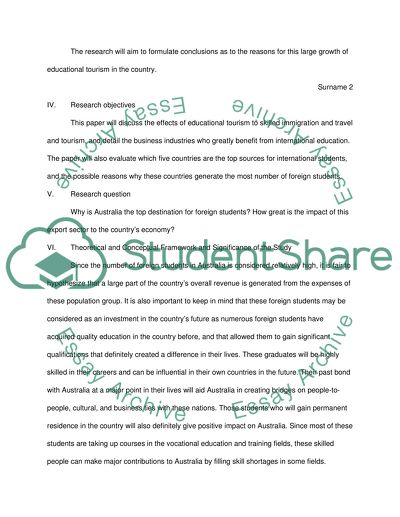Cite this document
(An Evaluation of Economical Impact on Educational Tourism in Australia Research Paper, n.d.)
An Evaluation of Economical Impact on Educational Tourism in Australia Research Paper. https://studentshare.org/social-science/1548331-an-evaluation-of-economical-impact-on-educational-tourism-in-australia
An Evaluation of Economical Impact on Educational Tourism in Australia Research Paper. https://studentshare.org/social-science/1548331-an-evaluation-of-economical-impact-on-educational-tourism-in-australia
(An Evaluation of Economical Impact on Educational Tourism in Australia Research Paper)
An Evaluation of Economical Impact on Educational Tourism in Australia Research Paper. https://studentshare.org/social-science/1548331-an-evaluation-of-economical-impact-on-educational-tourism-in-australia.
An Evaluation of Economical Impact on Educational Tourism in Australia Research Paper. https://studentshare.org/social-science/1548331-an-evaluation-of-economical-impact-on-educational-tourism-in-australia.
“An Evaluation of Economical Impact on Educational Tourism in Australia Research Paper”. https://studentshare.org/social-science/1548331-an-evaluation-of-economical-impact-on-educational-tourism-in-australia.


